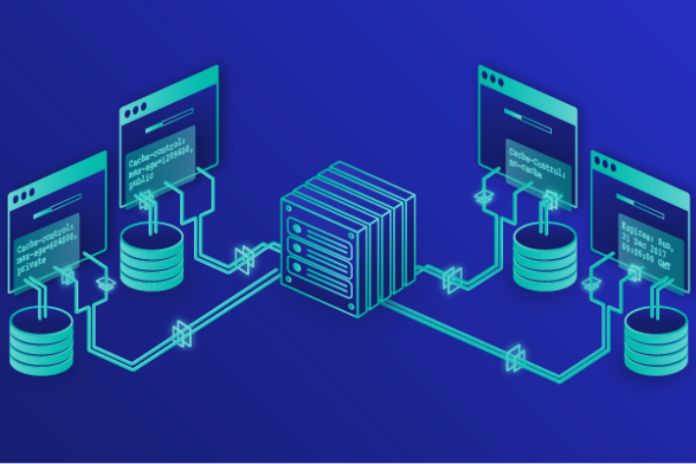Website Cache: What Is It, And How Does It Work?

“The cache is a short memory where habitually utilized information is put away for speedy admittance to the last option. How often have you heard from a fashioner to clear the save to see things precisely? The save is a short memory where constantly used data is stored for fast access. How often have you heard from an architect to clear the save to see things precisely? Without a doubt, here’s the support for why. This is everyday bread for us, who oversee online business and Site improvement for electronic organizations.
Table of Contents
How Does A Website Cache Work?
A site hold is a temporary storage structure for the substance and resources used to build the page. When you access a website, your program downloads data from the server. Your program stores this data so you can get to it faster later on. When a client visits a web page, strangely, the program downloads all of the resources essential to show the page precisely. These resources are taken care of in the program store.
During visits, the program will use the put-away resources instead of referencing them again from the server, speeding up the page load time. A web page store is an instrument that grants site page data to be momentarily gotten a good deal on the client’s device or the server, lessening stacking time and resource use during visits. The movement of the save relies upon the fleeting storing of records and resources of a site, similar to pictures, CSS and JavaScript. Yet again, when a client visits a page, the save offers the put data, making an effort not to download it again.
Browser Caching Vs Server Caching: Differences And Advantages
There are two fundamental kinds of stores: the program and server reserve. The program reserve is put away on the client’s gadget, while the server store is kept on the server facilitating the site.
Browser Caching
Browser caching happens on the client’s gadget. At the point when you access a page, your program downloads information from the web server and recovers it in your program’s store. Later on, assuming the client gets to that page once more, the program can stack the information from the program reserve instead of downloading it again from the web server. This can incredibly further develop page stacking speed.
Server Caching
Server caching happens on the web server. At the point when guests access the site, the web server stores the information in the server reserve. When different guests access the site, the server can give the reserved information instead of creating the page without any preparation. This can diminish the heap on the server and further develop site execution.
Cache Check
Cached assets have a life expectancy characterized by reserve control boundaries. When the legitimacy has terminated, the program will demand another duplicate of the assets from the server, refreshing the reserve and guaranteeing that the client generally sees the latest variant of the site. Cache-control directives, such as “Cache-Control” and “Expires”, can manage cache behavior. These directives tell the browser how long to keep resources in the cache and when to request them again from the server.
Benefits Of Website Caching
Caching the Team Continues website can offer many benefits, including:
- Improve website performance – Site reserving can diminish website pages’ stacking time, further developing the client experience.
- Reduce server load: Website storing can decrease server load, further developing site solidness and speed.
- Save Bandwidth: Website reserving can diminish how much information should be moved between the web server and the client’s program, saving transmission capacity.
- Improve user experience: A faster web page can further develop the client experience, expanding fulfillment and decreasing site deserting.
Disadvantages Of Website Caching
Website caching can also have some disadvantages, including:
- Incompatibility with dynamic content: The site reserve cannot store active substances, like client data or commercials, as these change habitually.
- Content Obsolescence: The site reserve can store information for a specific period. However, it will most likely be unable to distinguish changes made too quickly. This can cause information consistency issues.
How To Improve Website Caching
To improve website caching, there are a few best practices, including:
- Set the correct HTTP headers: Setting the right HTTP headers can assist the program with understanding which records can be reserved.
- Reduce file size – More modest records load quicker and occupy less storage room.
- Use a CDN – A content delivery network (CDN) can further develop site execution by conveying content productively.
- Use a caching plugin: If you utilize a CMS like WordPress, you can utilize a storing module to develop site execution further.
Also Read: Comprehensive Fixes For iCloud Not Working Error Issues






